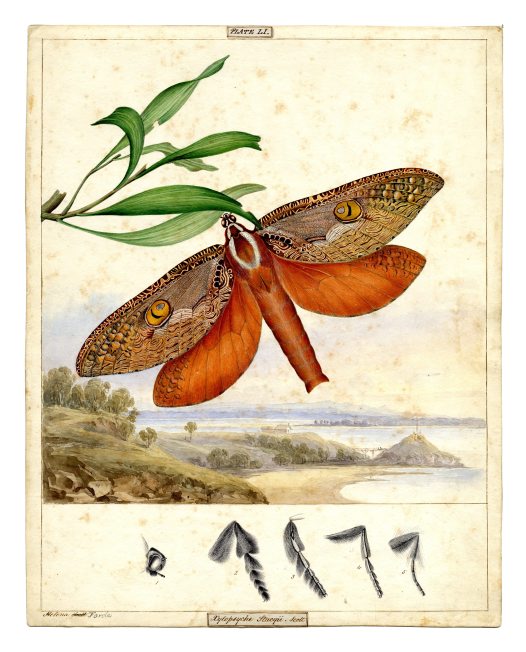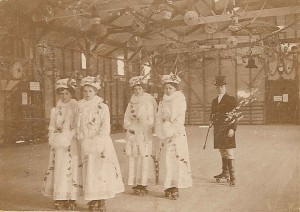Vote and have your say
Update: Poll now Closed. Thanks for Your Participation.
Here at State Records NSW we are looking at developing a digitisation strategy to cover the next 10 years. The aim is to select material to digitise and make available through our website (much like Sentenced beyond the Seas). One of the core selection criteria for this process is Access and this is where we need your help. We need you to tell us what you want!
If you’d like to participate please select up to 10 items you would like to see digitised from the survey below and click the “done” button to submit.
While we are aware that the survey will allow you to select more than 10 items only the first 10 items selected will be counted.
The survey will run until 1 October 2014 and we’ll publish the results once it’s done. Thanks for your assistance!
(NB For those of you wondering why some of your favourite series are missing they may be covered by one of the two other criteria we are using for selection; Preservation & Iconic e.g. Convict Indents are Iconic and are covered by that criteria. Please ask in the comments if you would like to clarify if something is covered.)

















